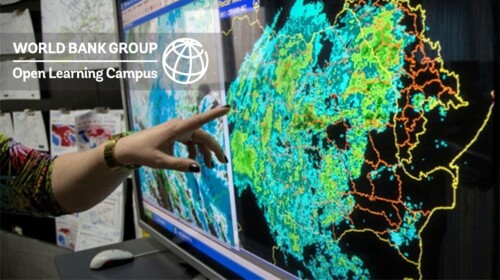Information on water, weather and climate is essential to managing the risks and uncertainties of a changing climate. Around the world, communities and countries are already under threat. Across public and private sectors, people need better climate information to make decisions that will help build resilience – this includes food and energy production, transportation and aviation, protection against natural disasters, water supply and sanitation, construction and many more. The delivery of climate information through Weather and Climate Services has become increasingly important – especially in the world’s most vulnerable countries. The need for climate information is urgent, the national institutions providing Weather and Climate Services are far too often underfunded, degraded and weak; resulting in lack of services to the end- users of climate information. However, providing support to these services is a complex undertaking that requires an interconnected, value-chain approach. Hence, the demand for guidance and teaching materials on how best to support Weather and Climate Services has grown since.
Target Audience
Policy makers, practitioners, project managers, project teams and partners.
Learning Objectives
After the completion of the course, participants will:
- Be aware of this important agenda in the context of climate resilient development, and it will help teams and project managers in integrating Weather and Climate Services considerations into their projects, both in terms of project conceptualization and delivery.
- Understand the basics of weather and climate services and seeks to demystify how weather and climate information systems function, highlight their importance and value, outline lessons learnt, and provide practical project level guidance for those tasked with implementing weather and climate services-related investments.









